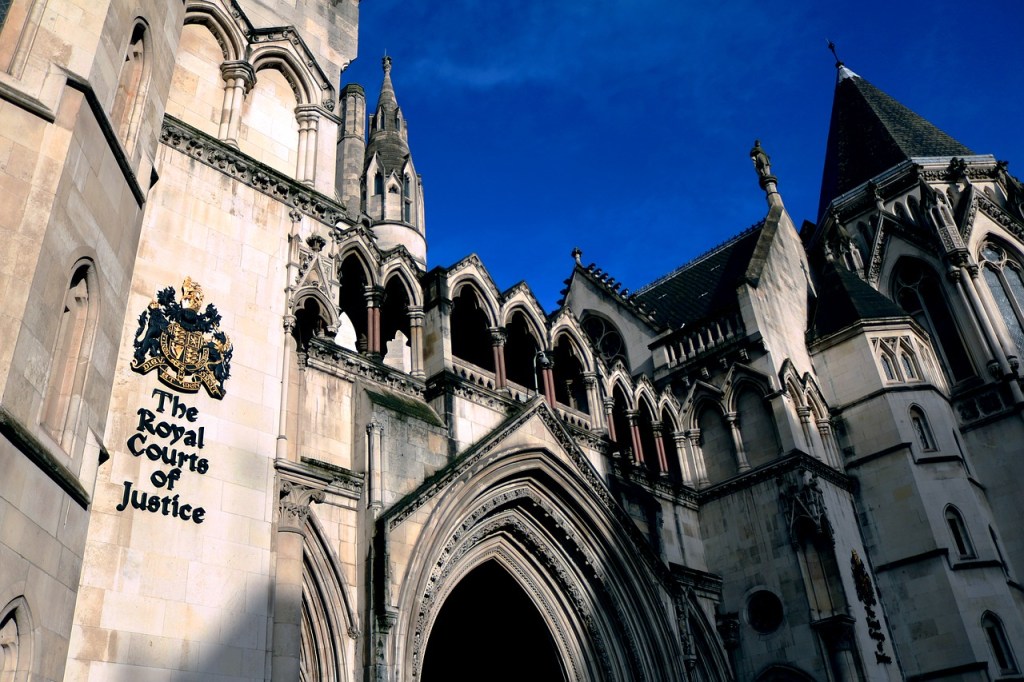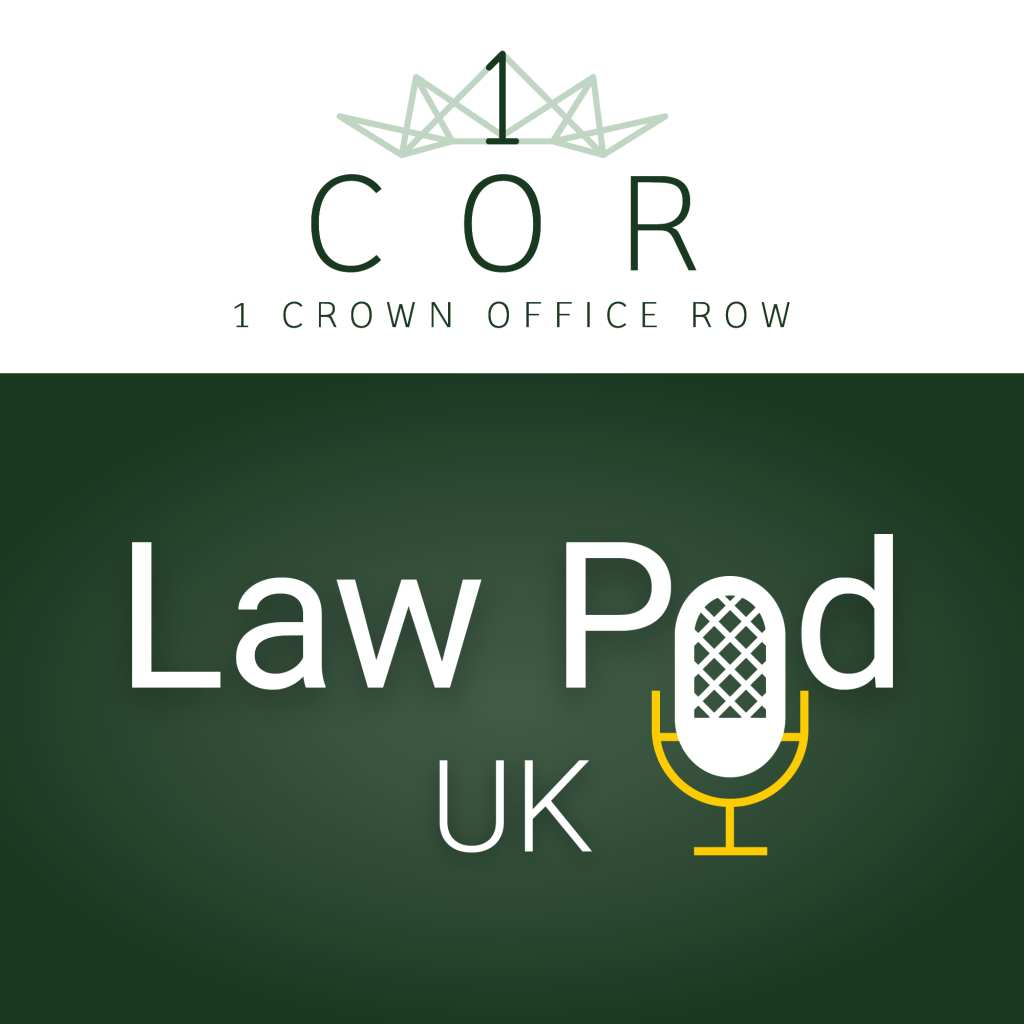At the heart of the case of R (Bailey) v HM Senior Coroner for East London [2025] EWHC 1637 (Admin), a tragedy: the murder of a 14-year-old boy, Jaden Bailey, and the profound grief of his mother. Jaden had been drawn into criminal activity, first in Nottinghamshire, then London. In October 2018 he had been found at a “cuckoo house” in Bournemouth, in possession of cocaine, a mobile phone and £325 in cash. He was brought back to London by the Metropolitan Police, following which an action plan was prepared by the Children’s Social Care Department of the London Borough of Waltham Forest. In November 2018 Jaden was permanently excluded from school after a Snapchat video showed him in possession of an imitation firearm, for which he was arrested and charged, pleading guilty. On 8 January 2019 Jaden was riding a moped in Leyton when he was hit by a car; the occupants of the car got out and stabbed Jaden. He died at the scene.
An inquest was formally opened on 18 January 2019. On 19 January 2019 Ayoub Majdouline was charged with Jaden’s murder. On 2 April 2019 the Coroner adjourned the inquest pending the criminal trial (as required by paragraph 2 of Schedule 1 to the Coroners and Justice Act 2009). On 11 December 2019 Majdouline was convicted of Jaden’s murder, later being sentenced to life imprisonment with a minimum term of 21 years. On 24 December 2019 the Coroner issued a certificate that the inquest was not to be resumed. In May 2020 a serious case review (“SCR”) was published; this was authored by Mr John Drew, a former director of social services at a different London borough and former Chief Executive of the Youth Justice Board of England and Wales. In addition, in response to a complaint by Jaden’s mother that the Metropolitan Police had failed to take reasonable steps to prevent Jaden’s death, there were reports from the Metropolitan Police and the IOPC upholding the complaint in part.
On 14 June 2023 Jaden’s mother applied to the Coroner to resume the inquest. After receiving written submissions, the Coroner set out the decision not to resume the inquest in a determination of 18 March 2024. It was that decision which formed the subject of Jaden’s mother’s application for judicial review. In essence, the Coroner was not persuaded that there was “sufficient reason” for resuming the inquest (the test laid down by paragraph 8(1) of Schedule 1 to the 2009 Act). The Coroner accepted that the “low threshold of arguability” was passed in relation to the procedural/investigative obligation under Article 2 being engaged on the basis of a “potential breach by the police of their operational duty to safeguard Jaden’s life”. However, in considering whether the state had satisfied the enhanced procedural obligation under Article 2, the Coroner had regard to the investigations performed, particularly the criminal trial, SCR and the investigations of the complaint against the police. The Coroner considered that the cumulative investigations “covered the likely scope of an inquest and […] indeed have gone beyond the remit of the type of inquest described by the Lord Chief Justice in R (Morahan) v HM Assistant Coroner for West London [2022] EWCA Civ 1410 as “an inquisitorial and relatively summary process. It is not a surrogate public inquiry”.
The Coroner considered that, as any primary conclusion at the inquest could not be inconsistent with the result of the criminal trial, ‘unlawful killing’ would be the most appropriate conclusion and would not in substance add to the findings of the criminal trial. As to the possibility/potential benefits of a Regulation 28 report, this was described as:
“toothless to the extent that a coroner cannot proscribe [sic] a solution to the concern identified, require specific performance of remediation or even demand that the report is responded to. Other inquiries into Jaden’s death have been able to make recommendations and require action.”
The grounds of challenge
These were:
first, a breach of the procedural obligation under ECHR article 2;
second, error of law as to the utility of a resumed inquest; and
third, failure to have regard to relevant consideration
The third ground had originally been advanced as breach of a common law duty to investigate but during the course of proceedings it was conceded that the Coroner’s obligations to investigate are those contained in the 2009 Act.
Article 2
The Article 2 challenge (substantially the most complex of the three grounds advanced) itself fell into 2 parts. First, the scope and content of the SCR report were criticised as failing to address a number of matters of concern regarding the authorities’ engagement with Jaden and failed to identify what the relevant public authorities “should have done”. Swift J rejected these arguments in the following passage:
“21 […] In the circumstances of this case the investigation needed to consider the actions of the public authorities in Nottinghamshire and in London that had responsibilities that, if performed, would have served to safeguard [Jaden] against the risk of falling victim to criminal exploitation. The SCR report, as written, evidences an effective investigation of the actions and omissions of those public authorities. It is not to the point that other matters might also have been considered in the course of the report.
22. The Claimant’s further submission on the scope of the SCR report was that the requirements of the article 2 obligation were not met because the report did not identify what the relevant public authorities “should have done”. This submission does not assist the Claimant. The purpose of an article 2 investigation is to consider what did happen; to establish a picture of past events. Often it will be readily apparent from findings on what did happen, what other steps should have been taken. That is so in the present case since it is clear from the SCR report that certain steps that were not taken should have been taken. But that is a by-product of the investigation. It is also clear from provisions in the 2009 Act that the purpose of an inquest investigation is to establish what did happen. By section 5 of the 2009 Act the purpose of the inquest is (in a case such as the present) to establish how, when, where, and in what circumstances the deceased came by his death. The focus is on the investigation of past events, and conclusions on what took place. This purpose is underlined by section 10 of the 2009 Act. That requires the coroner (or jury) to reach decisions on the matters specified in section 5 but then provides that those decisions:
‘…may not be framed in such a way as to appear to determine any question of …civil liability…’
Thus, the findings at an inquest are not intended to decide what should have happened only what did happen.”
This author would observe that in many cases the line between an investigation of what did happen and what should have happened is not easy to draw, particular where, for example, the appropriateness of medical treatment is under scrutiny.
The second part of the Claimant’s Article 2 challenge was to the form of the investigation which led to the SCR report. Specifically, it was argued that the SCR could not satisfy the Article 2 requirements on grounds that it lacked independence, lacked the power to compel witnesses to provide information or documents, was not conducted in public and did not sufficiently involve Jaden’s mother in the investigative process. In addressing these arguments Swift J reminded himself of the fact that Article 2 does not prescribe the form of investigation that must take place and that the applicable principles are those “crisply summarised” in the judgment of Garnham J in R (Grice) HM Senior Coroner for Brighton and Hove [2020] EWHC 3581. It is worth repeating here the quoted passages from that judgment:
“64. The minimum requirements were set out in Jordan v United Kingdom (2001) E.H.R.R. 52 at [106] – [109], Edwards[1] at [69] – [73] and in Amin[2] at [25]. They are commonly referred to as the Jordan requirements:
a) the authorities must act of their own motion;
b) the investigation must be independent;
c) the investigation must be effective in the sense that it must be conducted in a manner that does not undermine its ability to establish the relevant facts; this is, as it was described in Jordan “an obligation of means rather than results”;
d) the investigation must be reasonably prompt;
e) there must be a “sufficient element of public scrutiny of the investigation or its results to secure accountability in practice as well as in theory; the degree of public scrutiny required may well vary from case to case”; and
f) there must be involvement of the next of kin “to the extent necessary to safeguard his or her legitimate interests”.
65. Citing Goodson v HM Coroner for Bedfordshire [2004] EWHC Admin 2931 at [68], it was accepted in D[3] that “even the minimum requirements involve a degree of flexibility”.
[…]
84. I have set out at [64] above the positive requirements (the Jordan requirements) of an Article 2-compliant investigation. It is important also to record what is not required:
(i) It is not a requirement of the ECHR that any particular procedure be adopted to fulfil the Jordan requirements. The form of the investigation may vary according to the circumstances and those requirements can be satisfied by a set of separate investigations, rather than by a single, unified procedure (see Jordan v UK (2003) 37 EHRR 2; Amin, at [20]; and R (Goodson) v HM Coroner for Bedfordshire [2004] EWHC 2931 (Admin), at [59]).
(ii) The requirement for the family of the deceased to be involved in an investigation to the extent necessary to safeguard their interests does not mean that the investigating authorities must satisfy every request for a particular step to be taken in the investigation: see Giuliani and Gaggio v Italy (2012) 54 EHRR 10, [304].
(iii) The requirement of public scrutiny does not invariably require a public hearing: see Ramsahai v Netherlands (2008) 46 EHRR 43, [353]. And neither requirement means that the family of the deceased must be able directly to test evidence: see R( D) v SSHD [39]-[42].”
Swift J was unpersuaded by the Claimant’s argument that the SCR was deficient in the ways suggested. The argument as to lack of independence rested on a passage in the SCR thanking the authorities’ staff for their co-operation; this did not, in the judge’s view, denote a lack of independence. As to the lack of a power to compel witnesses to provide information or documents, no relevant information or documents were identified as not having been obtained. The fact that hearings were not conducted in public and individual staff were not named in the SCR did not mean that there was a lack of openness to public scrutiny where it was the responsibility of the authorities (rather than individuals) that was under consideration. Furthermore, whilst Jaden’s mother’s involvement in the process was limited, this appeared for the most part to have been a voluntary decision by her at the time and sufficient attempts were made to involve her.
Error of law
The Claimant argued that the Coroner’s comments as to the most appropriate conclusion showed a failure to consider that an inquest might lead to a narrative conclusion. Swift J considered that argument rested on a distinction between “short-form” and “narrative” conclusions which was “a distinction without a difference […] Each is intended to be descriptive: to describe the outcome of the inquest. For example, a conclusion of “unlawful killing” could be given either by simply using those words or through a narrative to the same effect”. In this regard, Swift J echoes the comment at paragraph 85 of Chapter 15 of the Chief Coroner’s Bench Guidance:
“Whilst ‘narrative’ and ‘short form’ conclusions are often spoken of as if they are two different types of finding, adopting such a binary distinction is somewhat artificial. All conclusions simply consist of words, some situations allow for more succinct use of phraseology so one of the conclusions suggested in the footnote on Form 2 will suffice, in other cases more words will be required.”
The Claimant’s second argument was that the Coroner was wrong to describe a potential Regulation 28 (Prevention of Future Deaths) report as “toothless”; read in context, Swift J considered this turn of phrase to be “colourful but not wrong”, as identifying that the contents of a Regulation 28 report are not prescriptive.
Failure to have regard to relevant considerations
The Claimant submitted that the decision not to resume failed to have regard to (a) the public interest in holding an inquest; (b) the purpose pursued by sections 5(1) and (2) of the 2009 Act; (c) that an inquest can serve to allay any public concern arising from a death; and (d) the possibility of making a regulation 28 report.
As to the last of these, Swift J noted this had specifically been considered by the Coroner (as referred to above). As regards the other points, it was held that “read in the round” the Coroner’s decision “took these matters into account since each is integral to the notion of the investigation required under the provisions of the 2009 Act (regardless of whether or not that investigation is required to meet the obligation arising under ECHR article 2).”
Conclusion
This sad case serves as an illustration of the fact-sensitive nature of the Coroner’s discretion as to whether to resume an inquest adjourned as a result of a criminal investigation. Whilst there will be cases where a decision not to resume is properly challenged (such as R (Silvera) v HM Senior Coroner for Oxfordshire [2017] EWHC 2499 (Admin) and R (Mullane) v West Berkshire Safer Communities Partnership [2006] EWHC 2499, both relied on by the Claimant in this case), the discharge of the state’s Article 2 investigative obligation is a matter which must be assessed in the context of the individual case, bearing in mind the guiding principles set out in Jordan.
Richard Mumford is a barrister at 1 Crown Office Row Chambers
[1] Edwards v United Kingdom (2002) 35 E.H.R.R. 487
[2] Amin v Secretary of State for the Home Department [2004] 1 AC 653
[3] R (D) v Secretary of State for the Home Department [2006] EWCA Civ 143
The post An inquest after a murder: Coroner’s decision not to resume is upheld despite Article 2 challenge appeared first on UK Human Rights Blog.



